The Gluten Free Diet and Resulting Nutrient Deficiencies
The gluten free diet is the only form of treatment for celiac disease, an autoimmune condition. For people with this disease, gluten consumption results in changes in the duodenum of the small intestine. The gluten free diet is also recommended for individuals with non-celiac gluten sensitivity. Unlike celiac disease, individuals with non-celiac gluten sensitivity do not experience damage to the upper part of the small intestine but may have other symptoms. These symptoms include bloating, constipation, diarrhea, headaches, fatigue and anxiety. Individuals with small intestine damage are at greater risk of vitamin and mineral deficiencies because the duodenum is responsible for absorbing vitamin D, magnesium, iron, folate, and calcium. In the non-celiac gluten sensitive population, vitamin and mineral deficiencies are still possible due to restricted food choices. Gluten free doesn’t guarantee health. It is important to monitor your body for signs of deficiencies and to eat a variety of nutrients. For those with gut dysfunction, supplements may be necessary to meet daily vitamin and mineral requirements. This blog will highlight five nutrients that are at the greatest risk of being inadequate in the gluten free individual, along with foods and supplements that will help those who have a gluten intolerance.
Top Foods and Supplements to Consider for Those with Gluten Intolerance
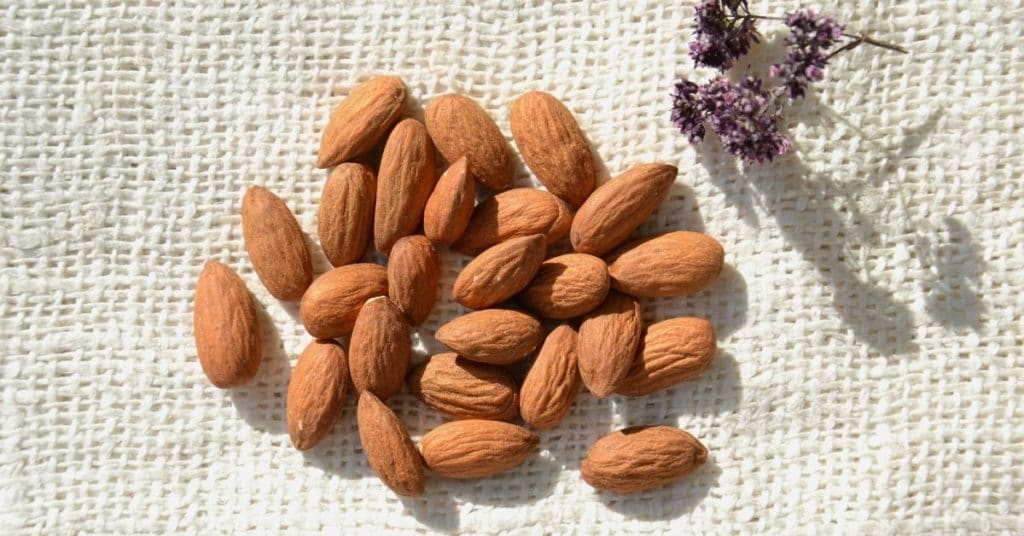
Calcium
A decrease in calcium stores might be present at diagnosis due to decreased absorption of calcium and other nutrients. Calcium plays a huge role in overall bone health. If the body is unable to meet calcium needs through diet, it will pull calcium from the bones. For individuals with celiac disease, it is important to have a baseline bone density scan. This will provide additional information regarding calcium absorption and bone health. Many people who experience a negative response to gluten have a similar response to dairy. The elimination of dairy may lead to a decrease in calcium intake. Do not fear, there are non-dairy calcium sources that can be easily integrated into your diet. Calcium rich food sources include:
- chia seeds
- sesame seeds
- figs
- almonds
- sardines
- salmon
If the body is unable to meet calcium needs through diet, it will pull calcium from the bones.
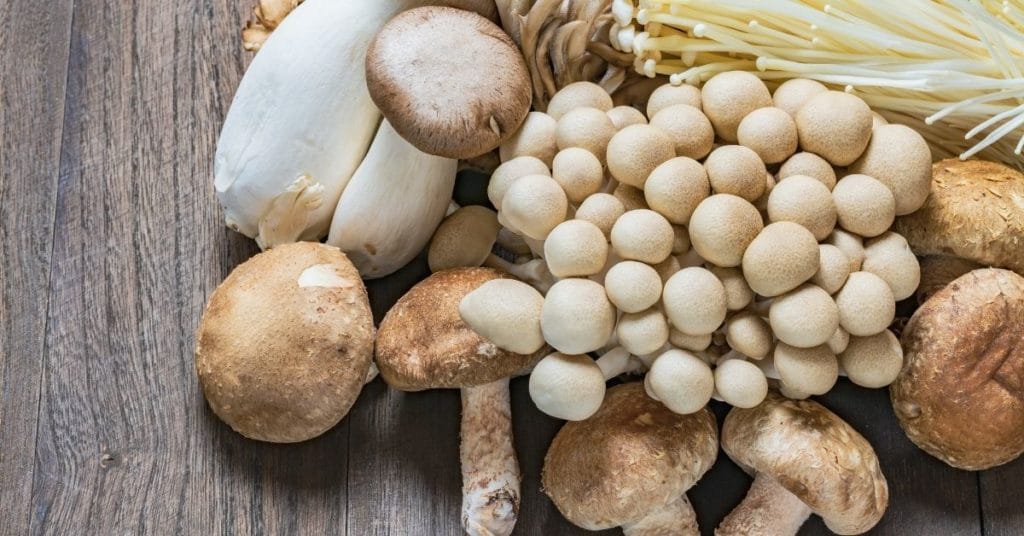
Vitamin D
Vitamin D testing is often part of a routine blood panel. A low vitamin D level may be a red flag for celiac disease. This deficiency is a common reaction to poor absorption in the small intestine. Signs of this deficiency include fatigue, muscle weakness, mood changes, and bone pain. Vitamin D interacts with many other minerals especially calcium. Recent research indicates vitamin D plays an integral role in the immune system as well as overall health and metabolism. Sunlight and select foods are good sources of vitamin D. Fortified dairy is the most common source of vitamin D in the American diet. Many people avoid dairy including cow’s milk that is fortified with vitamin D because of lactose intolerance. This intolerance occurs because of changes in the brush border of the small intestine and inadequate lactase enzyme. If dairy restriction is necessary, it is important to find alternate sources of vitamin D (egg yolk, mushrooms, cod liver oil, fish, fortified gluten free cereals, and fortified non-dairy milk) and use supplementation while healing. Supplementation is typically necessary when a person has a history of low vitamin D levels and is following a restricted diet.
TIP: When trying to increase vitamin D levels with the sun, expose the neck, chest, wrist, and/or ankles. Aim for 15 minutes per day without sunscreen or use a sunblock with an SPF less than 30.
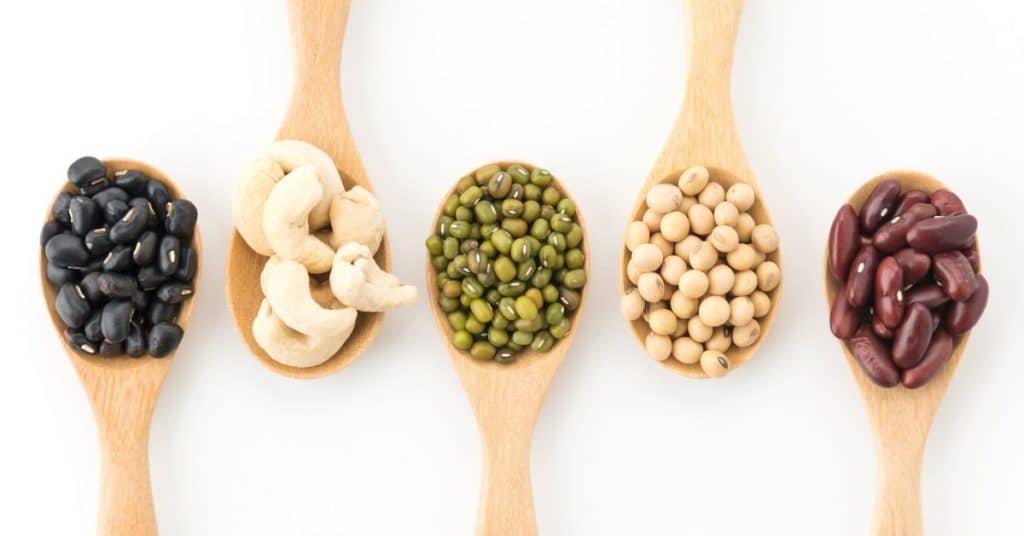
Folate
Since 1998, the nutrient folate has been mandatory by law as a food additive to prevent deficiencies and decrease risk of neural tube defects. This has been an effective strategy for the general public. However, it doesn’t help individuals with a gluten intolerance because the foods fortified with folate are often gluten containing grains. Currently, there are more cereal or rice options available that are gluten free and fortified. Make note folate deficiency may result in anemia and other symptoms. Naturally gluten free folate sources include:
- beans
- dark leafy greens
- eggs
- citrus
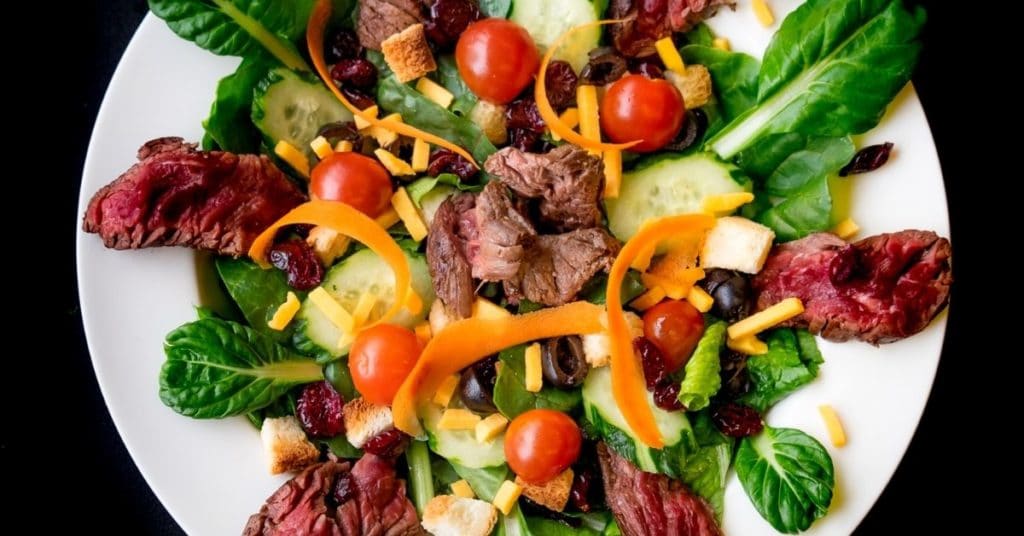
Iron
Iron deficiency anemia is a common symptom of celiac disease. It can also occur secondary to the gluten free diet. Most gluten free foods are not fortified with iron. Symptoms of iron deficiency include fatigue, pale skin, cold hands and feet, inflamed tongue, dizziness, headache, cravings for ice, and lack of appetite. Iron can be found in animal and plant sources. It is recommended that iron food sources are paired with vitamin C to help absorption. For example, eat a salad with citrus or tomato slices paired with a roasted chicken thigh or steak. If supplementation is recommended, choose an iron supplement with vitamin C.
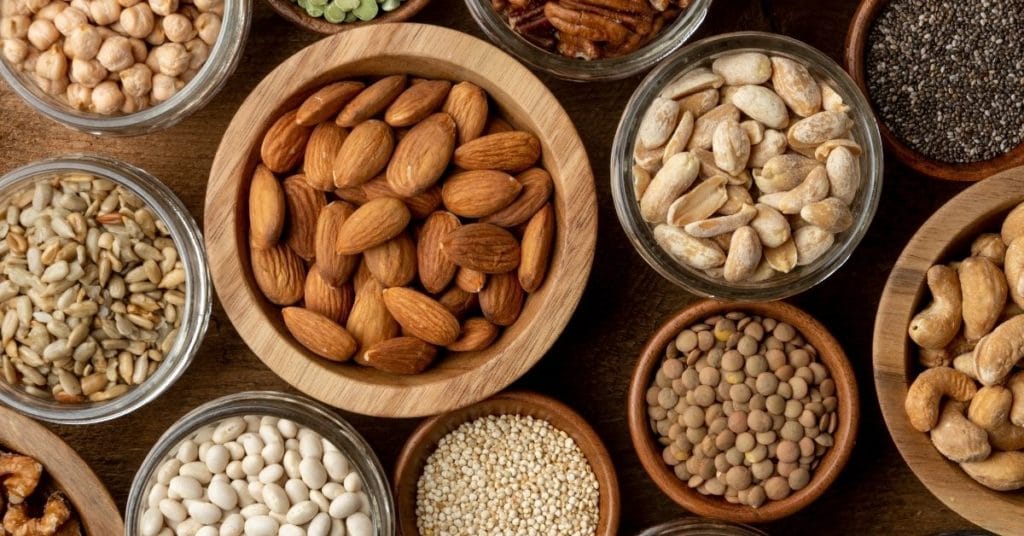
Magnesium
Grains including wheat are a rich source of the mineral magnesium. Many individuals with celiac disease decrease their intake of grains thus limiting their intake of magnesium. Also, some individuals are deficient in magnesium prior to diagnosis due to malabsorption. This double whammy of limited absorption and restricted diet may result in a deficiency. To learn more about magnesium, check out my blog that focuses on this single mineral. Symptoms of deficiency include nausea, weakness, fatigue, and cramping. Gluten free magnesium sources include:
- black beans
- dark leafy greens
- nuts and seeds
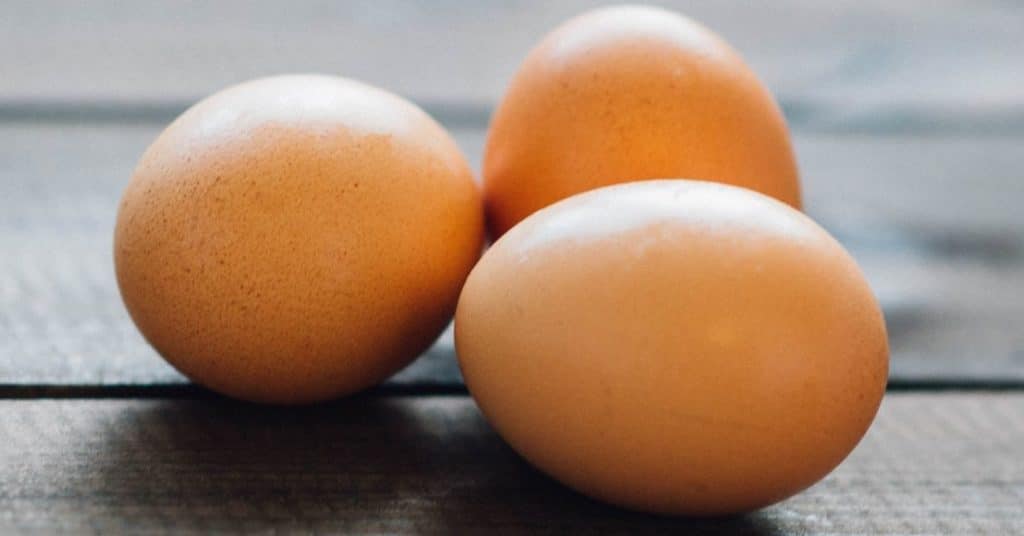
Zinc
This deficiency is also related to inadequate absorption. Zinc serves many functions which results in a wide array of symptoms when deficient. These symptoms include diarrhea, skin rash around mouth, weight loss, hair loss, abnormal taste or smell, and sexual dysfunction. It plays a key role in maintaining a healthy gut by reducing inflammation. It is also a helpful nutrient after an accidental gluten exposure. Zinc is found in a variety of foods (meat, seafood, eggs, beans, nuts, and seeds) making this deficiency less common for the general population. However, individuals with celiac disease or other gastrointestinal disorders are at higher risk of developing this deficiency. In fact, a 2010 study (1) noted over 70% of those with celiac disease were deficient at time of diagnosis. It is important to note that the absorption of this mineral improves as the intestinal tissue heals. Diet may be adequate in this case. Review of labs will indicate whether supplementation is warranted.
My Final Recommendation for Gluten Free Supplements and Foods
I do not recommend running to your local pharmacy for a basket full of supplements. Food is the safest source of supplementation until a complete nutritional analysis has been completed by a health practitioner. To get started, use the following sample meal plan. This well-balanced gluten free menu may inspire you to create your own healthy diet. If you’re overwhelmed from your gluten intolerance and struggling to fit in the right foods or supplements, reach out to a dietitian specializing in celiac disease. You can find out more about my nutrition services here.
Sample Balanced Gluten Free (and Satisfying) Meal Plan
Breakfast: Scrambled eggs with a side of black beans, avocado and orange slices
Snack: Almonds and dried figs
Lunch: Salmon or sardines on a bed of dark leafy greens (Use lemon juice, olive oil and garlic for a salad dressing.)
Snack: Chia seed pudding
Dinner: Baked chicken thighs with brown or white rice and roasted vegetables.

